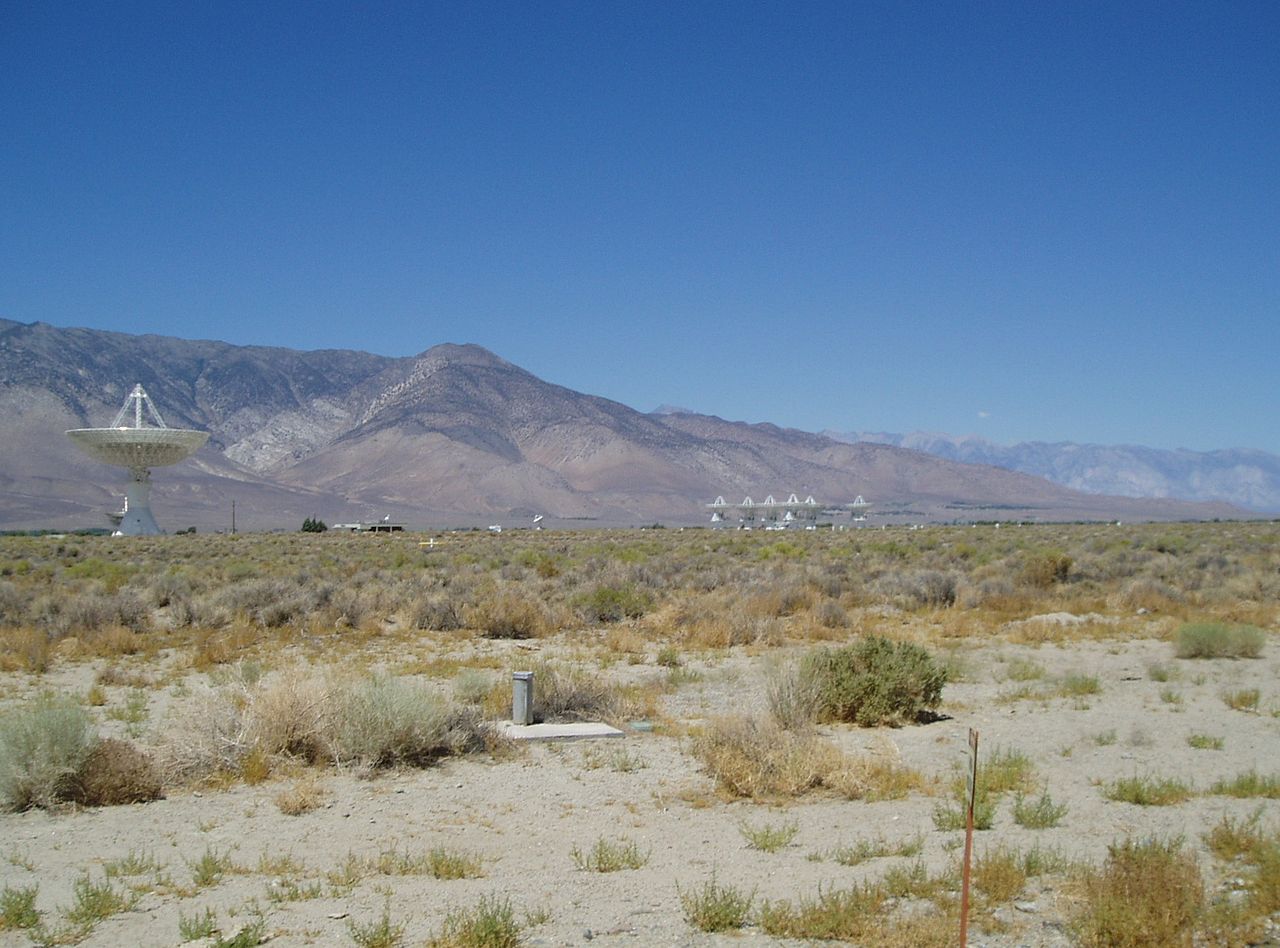After announcing a breakthrough discovery of tracing the first ever single fast radio burst last week, scientists managed to trace another fast radio burst to its galaxy, unveiling its origin, being quite far away.
Fast radio bursts are powerful outbursts of radio waves that are extremely short, and scientists still can’t provide a proper explanation as to what they are. Last week, scientists announced the first detection of a single fast radio burst’s (FRB) origin. On the other hand, repeating fast radio bursts, which are extremely rare, have already been traced back home once before, because their repeating signal is much easier to trace.
A group of researchers at the California Institute of Technology’s Owens Valley Radio Observatory traced the origin of FRB 190523 to a galaxy 7.9 billion light-years away. The galaxy is different compared to the previously traced galaxies. It’s similar in size to the Milky Way galaxy. The findings about tracing the FRB back home can be found in the journal Nature. The team made observations for 54 days, before and after the event, also hoping for another fast radio burst to be detected from the same location.
“Finding the locations of the one-off FRBs is challenging because it requires a radio telescope that can both discover these extremely short events and locate them with the resolving power of a mile-wide radio dish,” Vikram Ravi, study author and assistant professor of astronomy at Caltech, said in a statement.
The observatory team used an instrument called the Deep Synoptic Array-10. The “10” refers to the number of dishes being used. It was designed for capturing strong and intense events such as fast radio bursts.
“At OVRO, we built a new array of ten 4.5-meter dishes that collectively act like a mile-wide dish to cover an area on the sky the size of 150 full moons,” Ravi said. “To do this, a powerful digital system ingests and processes an amount of data equivalent to a DVD every second.”
A new Deep Synoptic Array, specifically designed for the future detection of FRBs and funded by the National Science Foundation, will be ready in 2021, and is going to have 110 radio dishes that will effectively capture upcoming fast radio bursts and trace them back home before they fade.
“The DSA is expected to discover and localize more than 100 FRBs per year,” said Richard Barvainis, program director at the National Science Foundation for the Mid-Scale Innovations Program. “Astronomers have been chasing FRBs for a decade now, and we’re finally drawing a bead on them with new instruments. Now we have a chance of figuring out just what these exotic objects might be.”
Considering that researchers don’t know much about the fast radio bursts, other than occasionally tracing them home, this new telescope will hopefully shed more light on what causes them.
One of the other fast radio bursts that was traced back home provides other important information, and that is that these bursts don’t follow a strict pattern of creation. The single burst that was announced last week originated from a huge galaxy which has a low star-creation probability, while the repeating FRB that scientists traced before that came from a small star-rich galaxy. The new FRB that came from a galaxy similar to our Milky Way, which shows nothing restricts how FRBs are being created.
“This finding tells us that every galaxy, even a run-of-the-mill galaxy like our Milky Way, can generate an FRB,” Ravi said.
While the mystery behind FRBs remains unknown, people who follow the news often like to compare these FRBs to alien origin. While scientists don’t know what causes them, they didn’t entirely rule out the possibility of these fast bursts coming from an advanced alien civilization.





